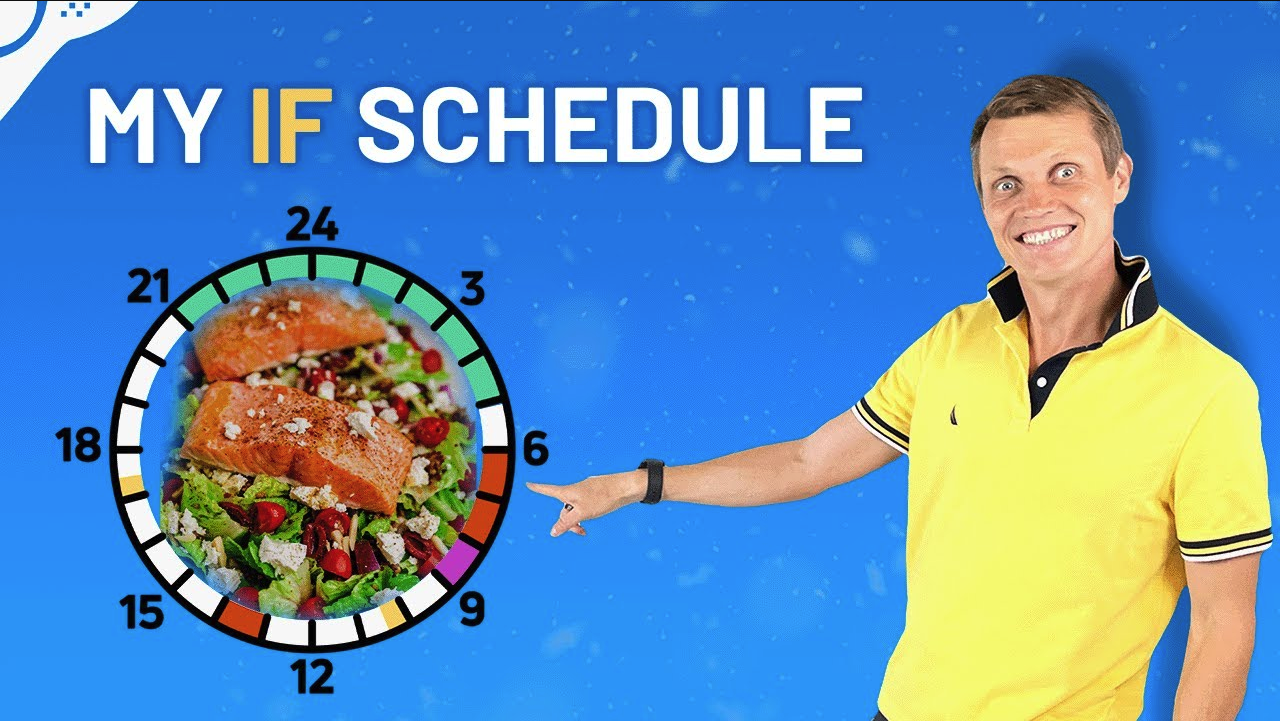My Personal Approach to Intermittent Fasting: How I Make It Work Every Day
Intermittent Fasting (IF) has become a popular approach to eating — but figuring out a schedule that works for your lifestyle can take some time. After experimenting for a while, I’ve found a rhythm that feels natural, sustainable, and surprisingly easy to maintain.
In this post, I’ll walk you through my personal IF routine, the critical moments I’ve learned to handle, and a few practical tips for making it stick long-term.
My Intermittent Fasting Schedule
I usually wake up at 5 am and go to bed at 9 pm. My eating window runs from 10 am to 6 pm, giving me a 16-hour fasting window from 6 pm until 10 am the next day.
Morning Routine (Fasting Hours)
At 5 am, I’m definitely not hungry, so I start with a big mug of decaf tea with lemon. Between 5 and 6 am, I catch up on news, check emails, and plan my day. At 6 am, it’s coffee time — either at home or at my local Philz Coffee.
The 6–8 am window is the first challenge of the day. I push through by sipping coffee, getting into work meetings, or spending time with my family.
By 8 am, I’m usually at the gym for a one-hour workout followed by the steam room. Morning exercise boosts focus, energy, and mood — all while making it easier to push through the last couple hours of fasting.
First Meal at 10 am
I don’t eat right after the gym — I’m not hungry and prefer to cool down first. At 10 am, hunger kicks in, and I have my first meal:
Base: A fresh salad
Protein: Fish, meat, chicken, nuts, or cheese
Healthy protein and fats keep me full and prevent cravings later in the day.
Midday: Staying on Track
From 10:30 am to 5 pm, it’s mostly water or tea. Occasionally, around 1–2 pm, I hit another hunger dip. If energy is low, I grab an orange or apple — and if it’s crunch time at work, I go for a small coffee with a piece of chocolate.
Early Dinner (5–5:30 pm)
Dinner is similar to breakfast — salad or soup plus protein. I like to finish eating early because:
It gives my body at least 3 hours to digest before bed
It improves my sleep quality
Sometimes, I start dinner even at 4 pm, giving my digestive system 4+ hours before bedtime.
Late Evening
This used to be my toughest time for cravings. In the past, I used sugar-free cough drops to get through it, but now I rarely need them. At 9 pm, I’m in bed.
How I Stay Consistent
Social challenges are real — My wife and kids eat breakfast at 7:30 am and dinner at 7 pm. I sit with them but don’t eat, which can be tricky at first.
Flexibility helps — Weekends aren’t strict. Sometimes my eating window shifts or expands, and that’s okay.
It gets easier over time — The first weeks were tough, but now IF feels natural.
Final Thoughts
Intermittent Fasting doesn’t have to be rigid or painful. With a schedule that fits your lifestyle, a few coping strategies for hunger dips, and a flexible mindset, it can become a simple and sustainable part of your life.
If you enjoy the video format, check out "How to Wake Up at 5 AM" — it covers similar strategies with more personal stories and tips.
📺 If you prefer the video format, check out my “My Intermittent Fasting Schedule” video — it covers the same approach with more personal stories and tips.

